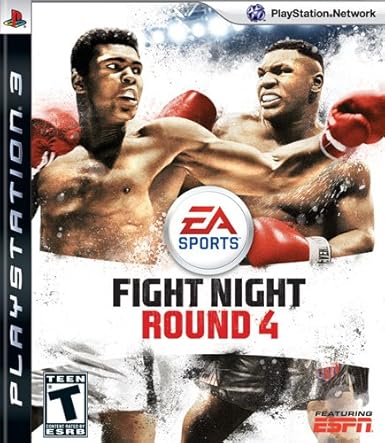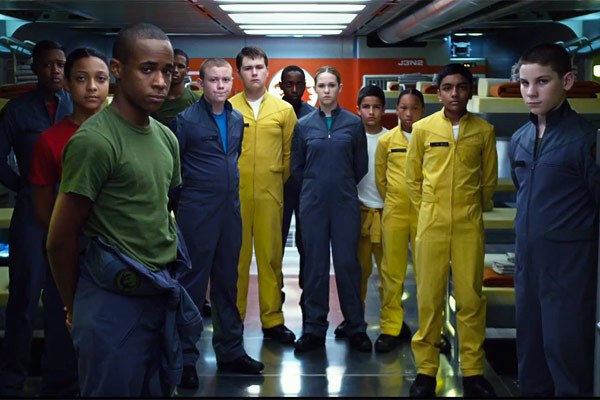Originally posted October 2013
As a child, I would have killed to be able to watch all the superhero TV shows that are available right now. I would have found a series about Green Arrow to be especially cool–I read a reprint of one of his Silver Age stories in the back of a Brave and the Bold once and really liked it. Of course that occurred before Speedy left his partner to join the Teen Titans and Green Arrow became an activist in tights.
About a year ago Arrow spun off from Smallville, with a different actor in the lead role, but the creative thrust of the series is a faithful extension of what the Smallville writers began. Elements of the original Green Arrow mythos survive in this umpteenth reboot of the character: he develops his archery skills while marooned on a small island, for instance. Oliver Queen was also born wealthy and privileged. But unlike his counterpart over in Gotham, Bruce Wayne, Queen’s father was not an altruistic philanthropist, but a shady, ruthless elitist. Shortly before a murder/suicide which leaves Oliver the sole beneficiary of their meager resources after being shipwrecked, Dad urges his son to right the wrongs he’s done. While on the island Oliver finds a booklet which, conveniently, contains the names of all Dad’s co-conspirators in some nebulous plot to molest “Starling City.”

Once this castaway is rescued, and returns to civilization after five years have passed, his first mission is somewhat more intense than returning a lost FedEx package to its intended recipient. He sets out to bring his father’s co-conspirators to ruin, and takes them down financially, the old-fashioned superhero way (delivering them to the police), or by a much more realistic way that surprised me–simply shooting a projectile into their vital organs. This Green Arrow is not afraid to deal death…at least in the pilot and maybe another episode or two early on. Obviously the writers have been encouraged to tone the violence down, though. He still might occasionally break the neck of a henchman, but he’s now morally opposed to dealing out the same justice to their bosses.
If this sounds like an Occupy Wall Street fantasy pastiche of Robin Hood stealing from the rich and giving to the poor…it should. This is pretty much confirmed when the Evil Capitalist Cabal are referred to as “One-Percenters.”
Oliver Queen still has some stereotype One-Percenter attitudes, at least when it comes to wasting arrows.

One aspect of the series “bible” I approve of is a commitment to showing Arrow working out–both in strength training and martial arts. For anyone whose job it is to be ready for combat at a moment’s notice, constant training is imperative. Not every writer understands or remembers this.
That said, after taking pains to show us Arrow’s fighting ability (by Hollywood standards), they have him do stuff like shoot arrows at a guy from three feet away for the sake of intimidation. Sheez, why not just smack him around a bit? You never see more than about six arrows in his quiver, yet he shoots about twice that many in quick succession during the first minute or so of any given confrontation with bad guys. And most of those are intentionally wasted shots. Queen also doesn’t believe in target tips, evidently. Even during target practice he uses razor-sharp hunting heads, routinely sinking them into concrete, steel, or other material that would utterly destroy an arrowhead anywhere but Hollywood.
For somebody with his spray-and-pray tactical discipline, he really should be armed with a select-fire rifle. But this is Hollywood, folks: firearms are eeeeeeeeee-veel. Puncturing a vital organ with an arrow is heroic. Puncturing the same vital organ with a bullet is dastardly.
The obligatory amazon superninjas are already coming out of the woodwork in Season One. See, in order to be an invincible fighting machine in pop culture, one of two prerequisites must be met. You either have to undergo years of intense training (in this case, an extreme survival-of-the-fittest regimen on a desert island where you must track, hunt, fight and perform impressive acrobatics for every scrap of food for five years), forging your mind and body into a weapon…
…Or you merely need to be female.

Picking up where Smallville left off, this show is introducing more super characters from the DC pantheon. The Barry Allen Flash is rumored to be scheduled for a reboot in this series (I’m only eight episodes into the first season, so I don’t know if this has happened yet). But so far we’ve seen the Huntress; an ex-girlfriend of Queen’s who is strikingly similar to Black Canary (though her name is different from what I remember); supervillaness China White…and Oliver’s little sister Thea has been referred to by the nickname “Speedy”–so don’t be surprised if she turns out to be a superhuman master of archery and unarmed combat (all 81 pounds of her) and becomes a crimefighting partner in future episodes.
(This knee-jerk feminist fantasy is so universal that it is more obligatory than a sympathetic homosexual character in big-screen comedies. In comic books the two obsessions have merged seamlessly in characters like the Silver Age (Earth II) Batwoman, who the DC creative drones reinvented as a superdyke. So proud of themselves over stuff like that, they then scrambled to find more super-characters to sodomize. The Golden Age (Earth II) Green Lantern is now a posterboy for the Rainbow Revolution, too. Even Archie has jumped on the bandwagon–not with a crimefighting buttboy but a limp-wristed “war hero.”)
Even the acting and direction carry over from Smallville–and not just in the pilot episode. One of the methods that would not grate on me so much if it hadn’t already been so overused goes like this: Lex Luthor or somebody like him converses with the hero or some other character. They stand about three-to-five feet apart. Then when the time comes for the self-consciously memorable line in the exchange of dialog, the heavy steps toward the camera to deliver it with what I assume is supposed to be a menacing (yet understated) gleam in the eye and lowering of the voice.
Maybe this is an especially intimidating technique in real life. I doubt it, but my instincts keep me from trying it out. Stepping so close to deliver a threat or insulting one-liner would put me within easy range to get popped in the face.
The series has been amusing so far, but I can already see seeds of idiocy being planted in the first season storyline. For now it’s not a bad distraction while you’re on the exercise bike or the weight machine.






